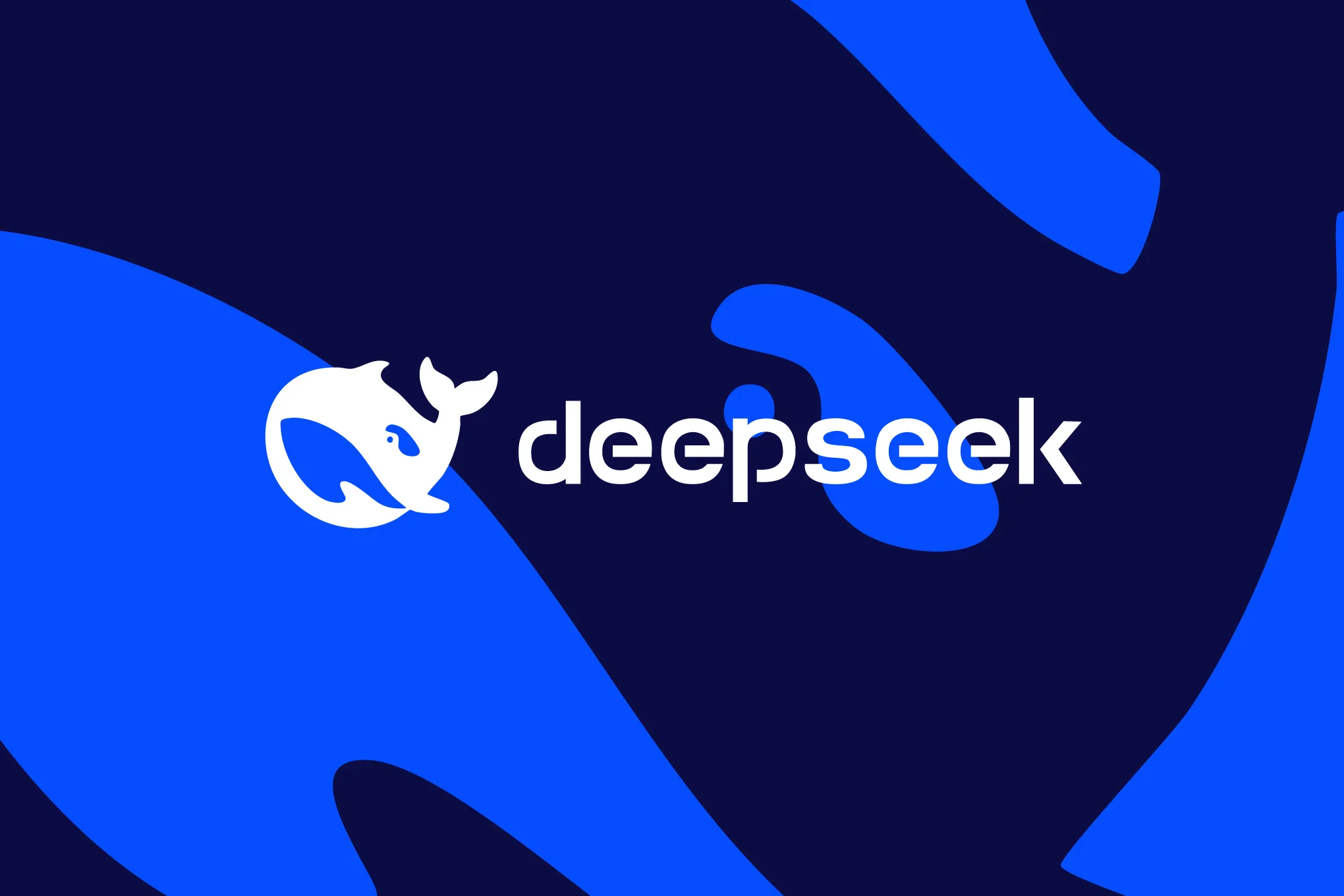Overview of DeepSeek
DeepSeek, officially known as Hangzhou DeepSeek Artificial Intelligence Basic Technology Research Co., Ltd., is a Chinese artificial intelligence company specializing in the development of large language models (LLMs). Founded in July 2023 by Liang Wenfeng, co-founder of the Chinese hedge fund High-Flyer, DeepSeek is headquartered in Hangzhou, Zhejiang. The company aims to advance artificial general intelligence (AGI) through open-source initiatives, making significant strides in AI research and development.
In January 2025, DeepSeek unveiled its flagship model, DeepSeek-R1, an open-source AI system released under the MIT License. This model demonstrated performance comparable to leading AI systems like OpenAI’s GPT-4, yet was developed at a fraction of the cost. The R1 model’s release marked a pivotal moment in the AI industry, showcasing that high-quality AI models could be developed with relatively modest resources.
Practical Comparison: DeepSeek-R1, ChatGPT (GPT-4), and Gemini
To understand DeepSeek’s position in the AI landscape, it’s essential to compare its flagship model with contemporaries such as OpenAI’s ChatGPT and Google’s Gemini.
Controversies Surrounding DeepSeek
1. Intellectual Property and Talent Acquisition
DeepSeek’s rapid ascent has ignited debates over intellectual property rights and talent migration. Notably, several key employees who contributed to the development of the DeepSeek-R1 model previously held positions at Microsoft’s AI labs in China, including a former department chief. While Microsoft has acknowledged these transitions, the company emphasizes that confidentiality agreements are in place to safeguard proprietary information. This situation raises questions about the movement of AI expertise and the potential for knowledge transfer between organizations.
2. Market Disruption and Economic Implications
The introduction of DeepSeek’s cost-effective AI models has led to significant market reactions. Nvidia, a leading supplier of AI hardware, experienced a substantial stock sell-off, resulting in a $600 billion loss in market capitalization. CEO Jensen Huang addressed the situation, clarifying that despite DeepSeek’s advancements, substantial computing power remains essential for comprehensive AI development, particularly in post-training processes. This incident underscores the delicate balance in the AI hardware market and the potential impact of emerging competitors on established players.
3. Geopolitical Tensions and Regulatory Challenges
DeepSeek’s emergence has intensified geopolitical discussions, especially concerning technological supremacy between China and Western nations. The company’s ability to produce competitive AI technology at a fraction of the cost has prompted U.S. tech industry observers to reassess the financial strategies underpinning AI advancements. Additionally, DeepSeek operates within China’s complex regulatory environment, which presents challenges related to data privacy, government oversight, and international collaboration. Navigating these regulatory landscapes is crucial for DeepSeek’s sustained growth and global integration.
4. Competitive Responses and Industry Dynamics
The success of DeepSeek has prompted responses from other tech giants. Elon Musk’s xAI, for instance, announced its newest AI model, Grok-3, claiming it outperforms both OpenAI’s GPT-4 and DeepSeek’s R1 in specific domains such as math, science, and coding. This competitive landscape highlights the rapid evolution of AI technologies and the ongoing race among companies to achieve superior performance metrics. Such dynamics contribute to a vibrant yet contentious AI ecosystem, where innovation is often accompanied by rivalry and strategic maneuvering.
Future Expectations
Looking ahead, DeepSeek is poised to further influence the AI sector by continuing to develop cost-effective, high-performance models. The company’s open-source approach may foster increased collaboration and innovation within the global AI community. However, it will need to navigate ongoing concerns related to intellectual property, market stability, and international relations. DeepSeek’s trajectory could redefine AI development paradigms, emphasizing efficiency and accessibility.
Conclusion
DeepSeek’s rapid rise in the AI industry underscores the dynamic and competitive nature of technological innovation. By delivering high-quality AI models at a fraction of traditional costs, the company challenges established norms and prompts critical discussions on intellectual property, market dynamics, and geopolitical strategies. As DeepSeek continues to evolve, its impact on the AI landscape will likely be profound, influencing both industry practices and international technological policies.


